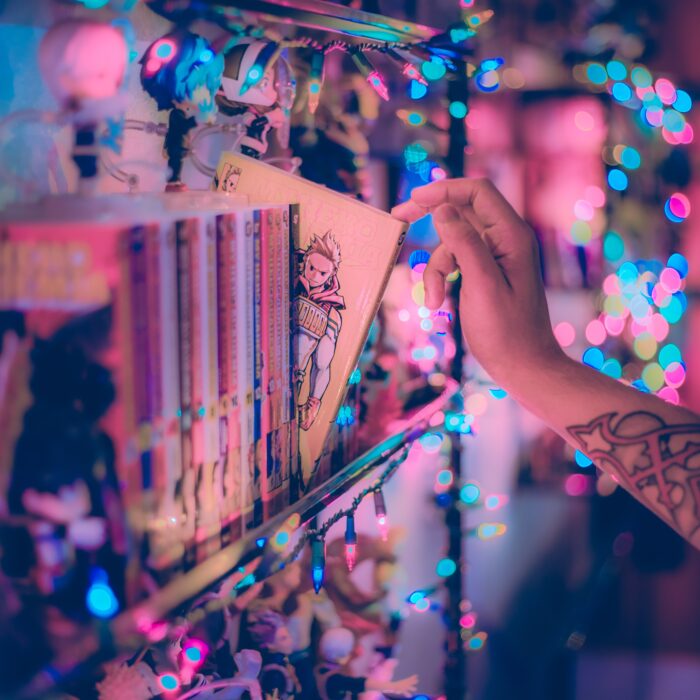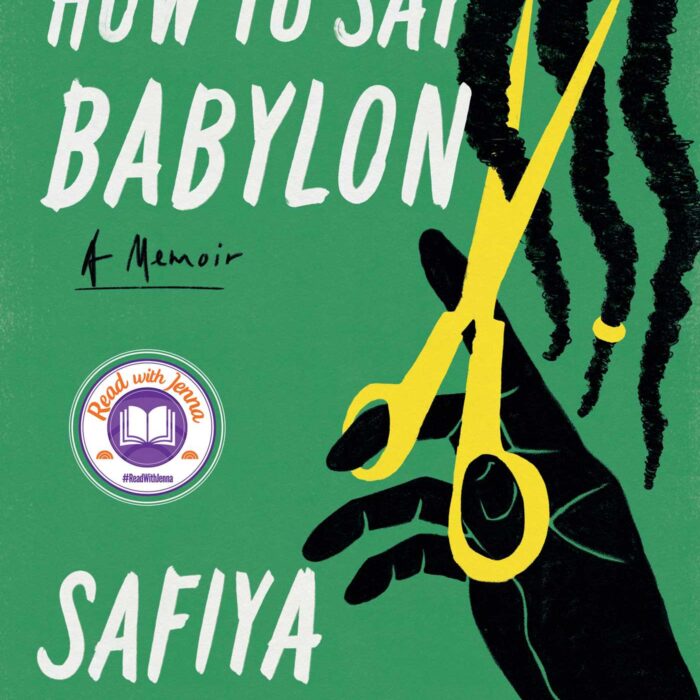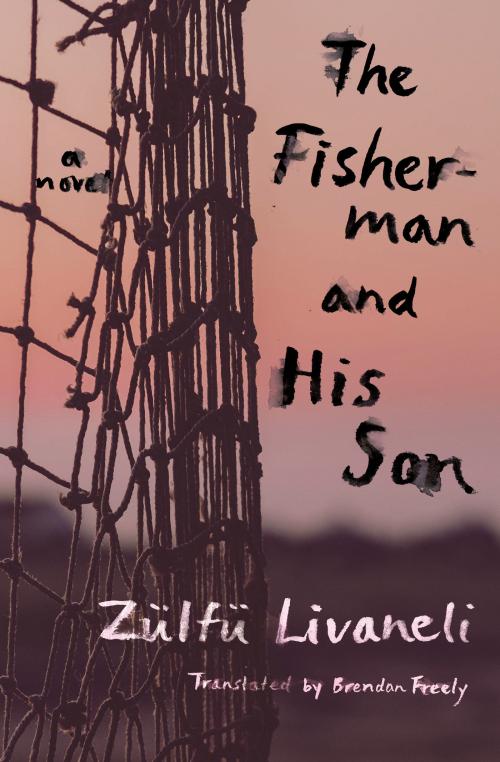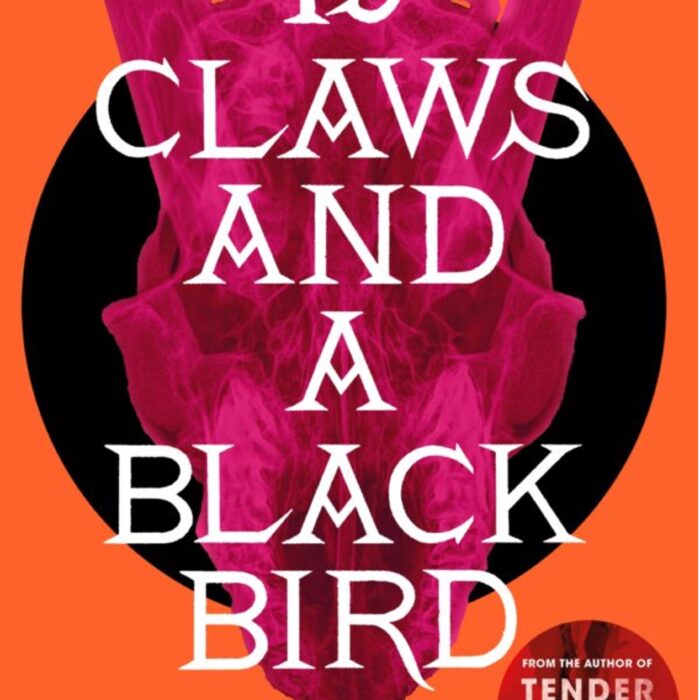You have no items in your cart. Want to get some nice things?
Go shopping
“How would you like your steaks cooked?”
“Oh, just knock its horns off, wipe its nasty ass, and chuck it right here on this plate.”
The rustic image of the cowboy has always been one of rough edges and bad manners, fogged by mythical fathers and never quite pinned down. I strained a muscle trying to stretch my thoughts back to before ‘America’. Yet simply, it’s as old as the land it marks, as old as the world. In my eyes, the creation of the ‘cowboy’ made it a new one. But before European settlers poured into the place, the Native Americans had roamed the country for thousands of years, peacefully. They laid no claim to it. They followed the herds of Buffalo and hunted them first on foot and then horseback. And the settlers, not knowing how to survive this rough terrain, were taught how by the Natives they soon abandoned – poisoned by their foreign diseases.
The ‘cowboy’ comes from the Spanish word Vaquero which literally means ‘cowhand’, and appeared in the English dictionary over a hundred years before the formation of an ‘American cowboy’. It was when the English speaking traders and settlers expanded westward, and their traditions merged with the Spanish and Native Americans, that those who herded meat for market from coast to coast became a new type of mythical being. And it’s a long way across the Great Plains; they have a nostalgic hold on the modern mind, all that travelling and space and danger in a land that was then ‘free’.
This ‘cowboy’ has become a mould for the perfect American hero. A manifestation of not just his wild backdrop, but that of the herd and the horse he rode. He is a figure of uber-masculinity: the lone-ranger, a warrior on the frontier battling out-laws, Natives and cattle thieves along his journey. But it’s hard to find the real thing when movie-star cowboy stands with his legs apart, spinning a pistol on his finger- in the way. You can’t ignore him. But there were many, in their variously-shaped Stetsons.
Apart from having “exquisite skill and the ability to handle cattle” what else is real? Buffalo Bill was an ex-soldier and showman, who wore his Stetson both on and off the stage, believing himself as much the mythic figure he performed. His Wild West shows caricaturised the cowboy and bought it to the entertainment industry. What was once the mysterious lone-ranger traversing the plains was suddenly a thigh slapping, pistol-wielding performer, and a popular one at that. Rodeos – which were born on the range, where cowboys pitted their herding skills against each other – were scooped up by Buffalo Bill’s ‘Wild West’ shows and are still going strong today. In fact, The Rodeo is the only national spectator sport that originated entirely in the United States.
Muddy waters, whether art imitates life or life imitates art. And it can crush a young spirit when the two are suddenly separated. For years the filmic mush led my sister to believe that she could grow up and become a cowboy. She watched Calamity Jane on repeat, and then went into some strange funk when someone told her the Wild West no longer existed and that she couldn’t be a cowboy anyway, because she is a girl. It’s beyond ironic that the once living ‘Calamity Jane’ had the same crisis of real and imaginary worlds. She was certainly not Doris Day, singing ‘Whip Crack Away’ on the big screen in the 50’s, but Martha Jane Cannary Burke who lived from 1852- 1903. And in her mind she fought Indians and was very much part of the whip cracking all male battalion. She is documented as brave, and kind. But her account that she saved Capt. Egan from a bullet whilst quelling an Indian uprising and that she received the title because “ he soon recovered and laughingly said: ‘I name you Calamity Jane, heroine of the plains’” is totally un-validated, alongside many other wild claims.
Yet this legend of the cowboy- real or not- is still galloping through the American mind. Scratch the surface of any American town and you will find the Wild West. My American auntie had at least two cowboy boyfriends- in spirit. One carried a knife in his sock. He would slam his boot on a chair, hoist his trousers and brandish it with an “all hat and no cattle” kind of grin. Another of her boyfriend’s only wore black- hat, shirt, and sometimes a pager would beep from the back pocket of his black jeans and he would slip away mysteriously saying that he was “on call”. It would have befitted him to be the black-sheep cowboy of a 50’s Western. But he lives in the real world, in the present, in Florida, and was on call to fix vending machines.
Clinging to the idea of a cowboy hero is possibly one reason why sixty million Americans have a gun licence and, despite ‘shoot-outs’, refuse to tighten their laws. But weren’t ‘shoot-outs’ also born in the Wild West? Jan Dizard, who teaches American culture at Amherst College, says: “The myth of the frontier, the myth of the individual defending him or herself against bad guys that the state is unwilling or unable to protect them from runs very, very deep.” So deep, that it has eclipsed (amongst other things) the cowboy that made it.
When researching this piece I came across one of many dedicated cowboy sites. A series of five YouTube videos were attached to an article. I opened one and saw a character called Wolf Bang in a white Stetson and red neck-tie, standing in the remains of The Assay Hotel in a mini ghost town outside Colorado. It’s a cowboy website – but when he speaks?
“Today the bestselling handguns in America are ‘pocket pistols’, and in the wildest days of the west- the most popular guns- pocket pistols! The guns may have been small, but the roar was loud.” There’s then a montage of him in various Stetsons, shooting off guns. Three out of the five posts are about guns or bullets. “Any bad guys that got shot stayed shot” is a notion that should have dated by now – and one that is only ten per cent of my mystic cowboy. ‘Exquisite skill and the ability to handle cattle’ is what is now dated. But maybe that’s because the act of herding cattle is vanishing. Like the settlers who pillaged a peaceful land, we are now farming our planet into the abyss.
Passing through the plains of America these days and they are emptying. Super Dairies- like battery farms for cows- are being pioneered and built not just in America, but across the globe. Cattle have been herded from the open land to live and breed within vast indoor units. Two hundred years after the settlers distributed and farmed the land, against the wishes of the natives, the words of Chief Seathl are no more than a haunting echo: “The earth does not belong to man. Man belongs to the earth. This we know.” And I guess the rest is new history (played out to Midnight Cowboy).

Juliette Golding
Juliette Golding studied at Cheltenham Ladies' College and The University of Manchester before going on to study creative writing in San Francisco. She moved to London as a script writer and marketing executive and is in the process of completing a book of short stories. She currently lives in East London.




